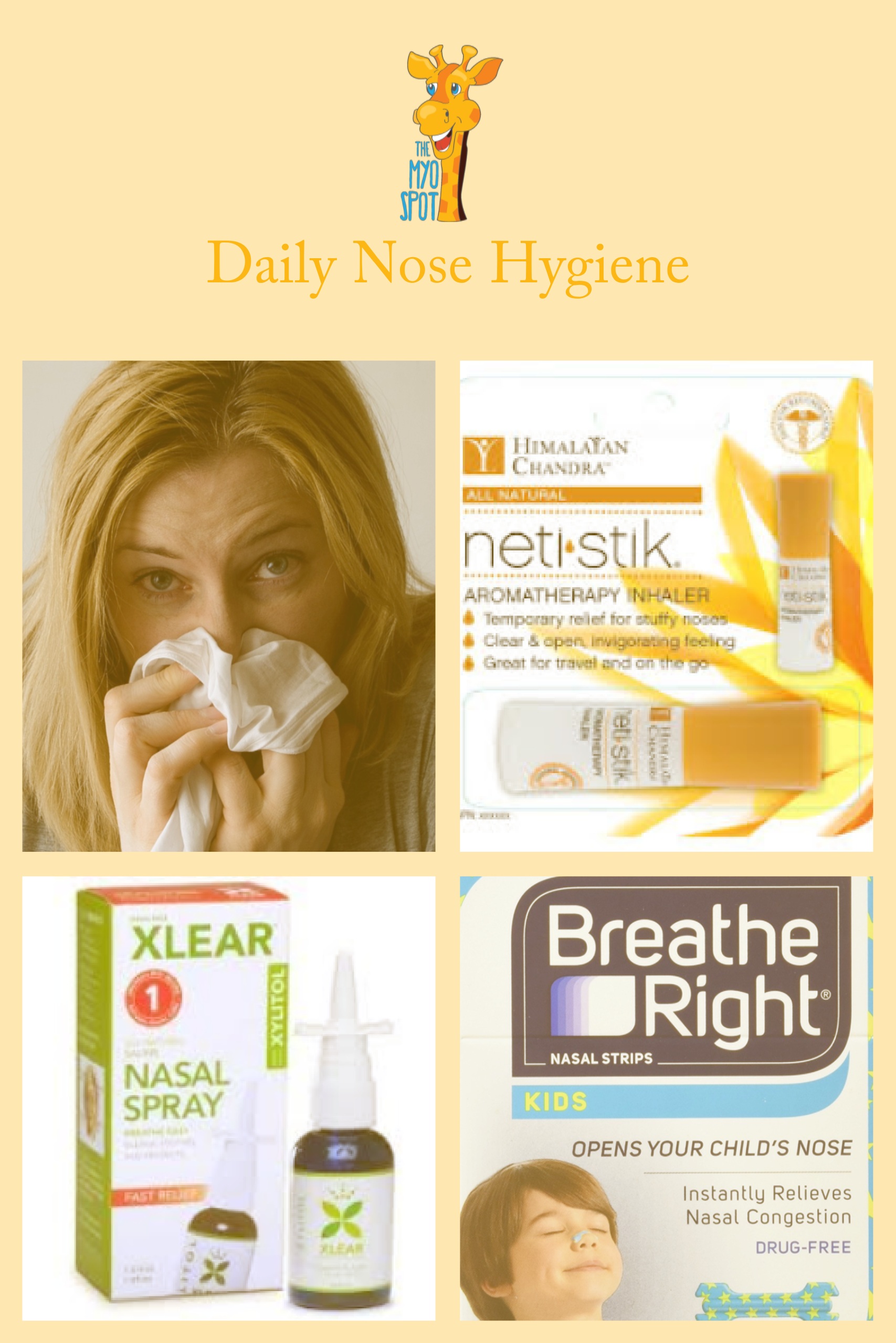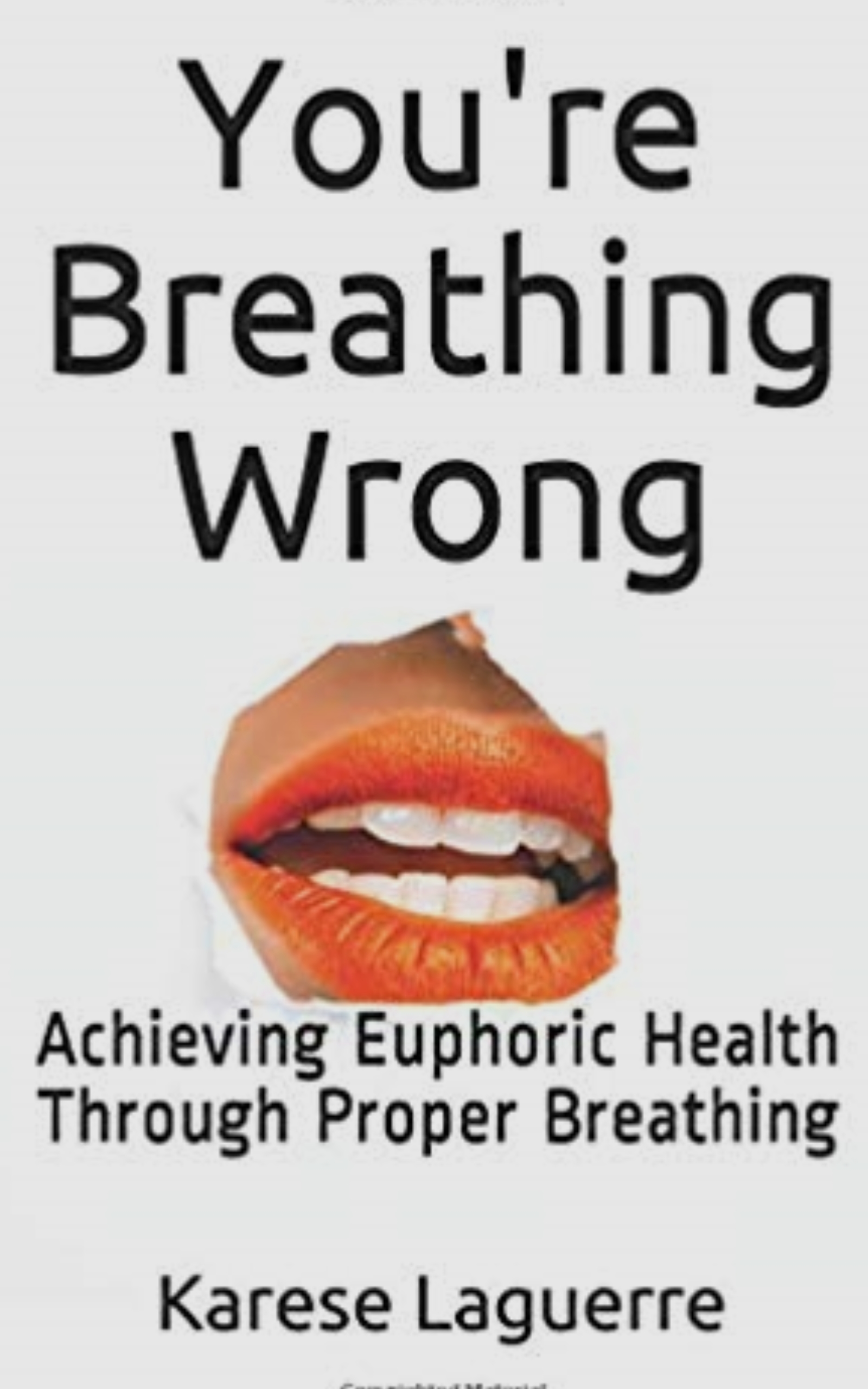The nose is the ultimate natural tool for breathing. Designed perfectly to filter, warm, and optimize the air we breathe in. Though we were also given a mouth, a fine substitute to be used in temporary situations, in terms of breathing, it is nothing compared to the nose.
In fact, when in prolonged use for breathing, the mouth is rather detrimental to your health and oral development. So if you have reached here because you know your mouth has encouraged negative health, frequent congestion, and crooked teeth, know that there is a way out.
Putting a stop to mouth breathing is not an easy task, but with the following steps, you will be well on your way to reclaiming the health you deserve by breathing the way you were designed to.
Lose the allergens
A blocked nose due to prolonged “seasonal” allergies and frequent congestion is often solved by eliminating common allergens. Simple changes in diet, bedding, and home maintenance can provide your nose with fast relief. We offer a full guide on which allergens you should look for and get rid of and how. Download it today and start breathing better now.
Be conscious of your breathing
Breathwork and awareness of your breathing are helpful as you transition from mouth to nasal breathing. There are 3 breathing techniques we love and recommend during the transition. Try them slowly and integrate them into a daily routine.
- Box breathing– In a 4-4-4-4 second count, take a deep breath in through your nose for 4 seconds, hold the breath for 4 seconds, exhale through your nose for 4 seconds, hold the breath for 4 seconds, and repeat. This exercise is perfect for calming and relaxation, making it ideal for de-stressing and pre-sleep.
- Detox breathing– Take a breath in through your nose in a 4-second count and then exhale that breath in a 6-second count. This exercise helps to rid the body of extra carbon dioxide and other toxins discarded through exhalation. Extending an exhale and detoxing your body is great for attention and calming.
- Rhythmic breathing– Pick a song that you love and press play. Be conscious of your breathing and try to maintain nasal breathing for the duration of the song. Let the rhythm of the song guide the pace of your breathing, inhale and exhale as you see fit. This exercise is perfect for calming and consciousness of breathing, which aids in eventual breath control.
Adapt a nasal hygiene routine
There’s no ifs, ands, or buts about it; for a clear nose, you first need a clean nose. Adapting a daily nasal hygiene protocol is ideal for achieving a patent or clear nasal passage. Key tools you will need are tissues, saline, nasal strips, and a nasal rinse. For a detailed suggested nasal hygiene routine, read ours here on this blog.

Amplify that routine with aromatherapy
A daily nasal hygiene routine is great and usually performed at or near bedtime. However, there are many hours a day when you need to breathe through a clear nose and may not have your full hygiene armamentarium with you. No worries, aromatherapy is your breath’s friend.
Essential oils, either diffused or in a nasal inhaler, are your ideal decongestion travel buddies. Peppermint, eucalyptus, and menthol are the best for decongestion and can be found in car fresheners, personal inhalers, candles, lotions, soaps, and fragrances. Inhalation of the vapors of the pure oils can have benefits beyond decongestion that range from anti-inflammation to anti-nausea.
So whether you get an inhaler to carry for daily travel or blend your own oil to diffuse, get into aromatherapy to take your nasal hygiene to the next level.
Rule out medical blockages
If you have kept your nose clean, remained keenly aware of your breathing, and introduced essential oils into your routine and still have trouble breathing through your nose, stronger considerations are required. There may be an airway blockage that only medical intervention can treat or resolve. Discuss your concerns with your primary physician and request a referral to an ENT (ear, nose, and throat doctor).
Follow a structured program
Consider getting therapy with a professionally trained myofunctional therapist to help. Myofunctional therapy is like having a personal trainer tasked with helping you develop the proper orofacial muscle strength and posture to achieve nasal breathing. An evaluation with a myofunctional therapist can also help you understand if you may have complications that would prevent you from breathing properly.
Don’t think you will be able to afford professional help? Try self-help with a structured program to achieve your goals. Grab your copy of You’re Breathing Wrong to get started.


Great web site. Lots of helpful info here.
I am sending it to several buddies ans also sharing
in delicious. And naturally, thank you on your effort!
LikeLiked by 1 person
My daughter had seen a few ENTs who all have said she had minimal inflammation in her nose yet she still mouthbreaths at night. Can someone still mouthbreath if perhaps the nose is no longer congested but the teeth have changed alignment? She is now 15. Is there another cause of mouth breathing?
LikeLike